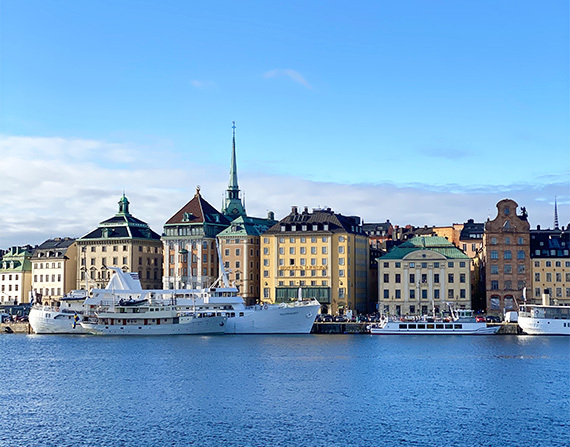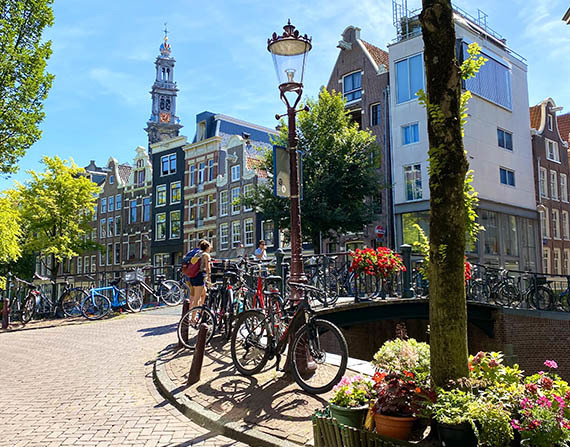Bangkok: intense yet peaceful
There's very little bitterness in Thailand. I think that only a few sentences describe so well the mood that hovers and sets the tone of this country. As Bangkok is the gateway to Thailand, this is what I instantly felt and saw when I arrived there: genuine smiles, kindness, generosity, lightness, altogether in harmony with the almost absence of bitterness.
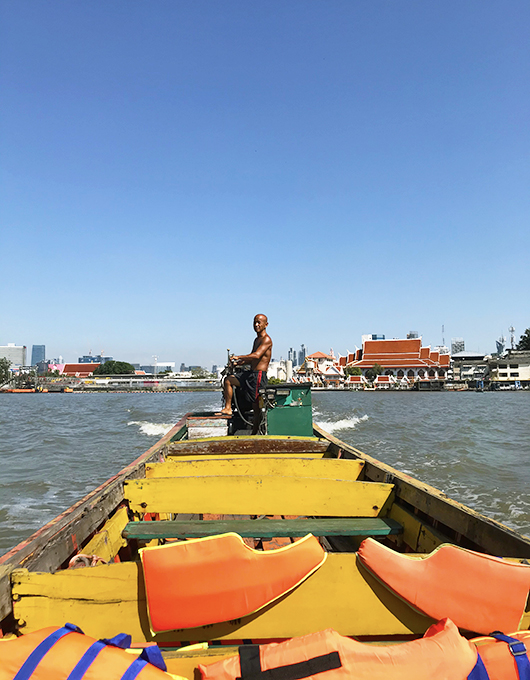
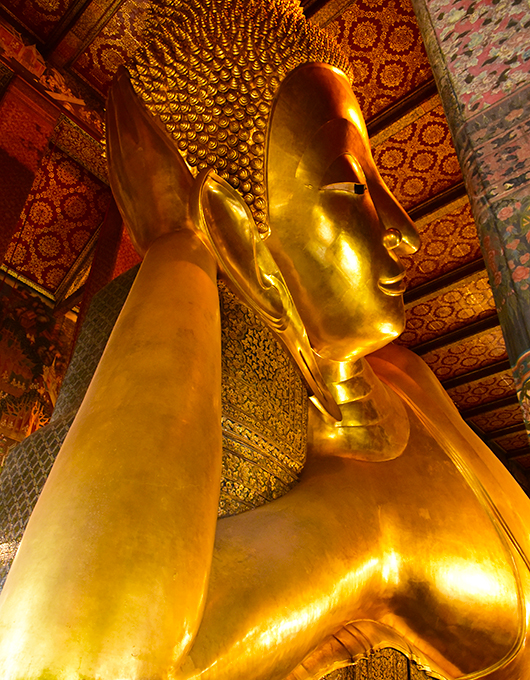
Some may even point out the chaos of traffic jams, which is true, given the large population of over eight million people - many of them are car and motorcycle drivers - that in turn contributes to the intensity of the streets. If we also think about the neighbourhood of Chinatown we may find it sometimes overwhelming. But Thai people in Bangkok seem to live at a more peaceful pace, which does not resemble, as I personally felt, that frenetic feeling one can feel in major world capitals.
Bangkok is a destination that caters to everyone's taste; the city has no preconceptions and offers everything one could want: if you are looking for street food, either simple in its essence or sophisticated restaurants, you will find it; shopping malls with imposing architectures and lots of technological artefacts; efficient and cheap public transport, almost all over the city.
When the intention is to embrace and to connect with spirituality, there are so many dazzling Buddhist temples that you would not be able to visit them all in a lifetime. Not to mention beautiful boat trips, some of which lead us to a wonderful escape into nature.
Last but not least, a very busy, intense (and insane) nightlife.
It is a city as versatile as it is prosperous, including from a socio-economic point of view that places it close to or at the same development level as a large metropolis. Its government has been investing heavily in technology and sectors such as telecommunications find good reasons to do business in the capital.
The same applies to the textile and agricultural industries. But the basis of all this, which frames the population's lifestyles and habits, still seems to be the Buddhist culture, whose customs and rituals have prevailed for hundreds of years and engage 95% of the country. I have not yet heard anyone saying that they disliked Bangkok - well, perhaps just a few.
The city is a box of surprises and makes us smile with our heart. Bangkok has captivated my spirit and the observer within me, and awakened my desires that I didn't even know I had until I went there. I left Bangkok with an absolute certainty of always wanting to return.
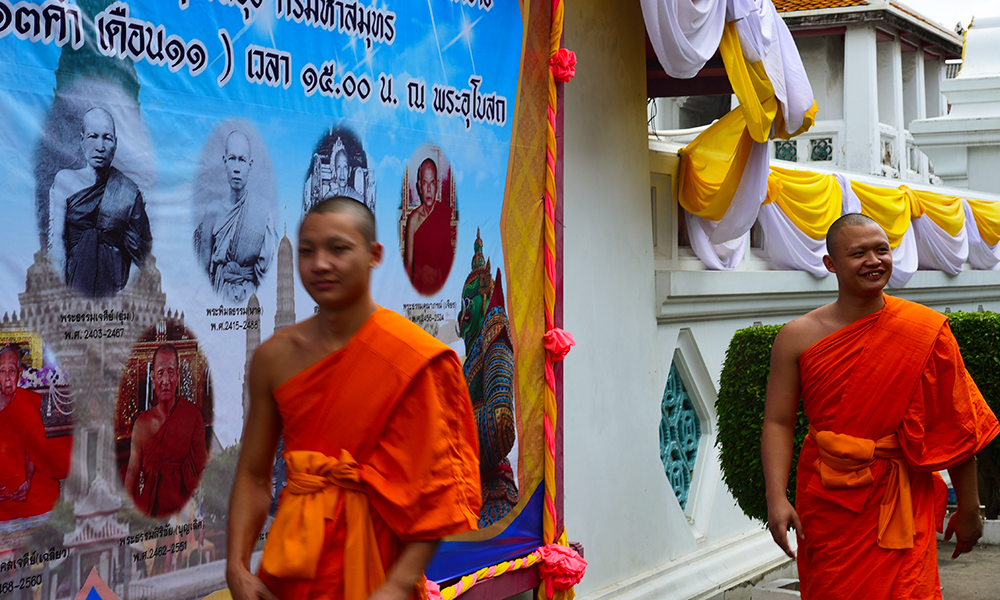
What you need to know in advance:
Neighbourhoods
If I may give a little advice that can make a considerable difference during your experience is to choose a place to stay along the Chao Phraya River - known as Riverside. The river's surrounds are so much worth viewing! Bangkok has several appealing neighbourhoods and they all have so much to enjoy and to offer. There is not a specific area that I wouldn't recommend, and some of them are very similar to one another in terms of atmosphere and purpose. However, these are the main ones:
Sathorn: one of its highlights is the opportunity to stay at one of the wonderful hotels such as the Okura and the Banyan Tree (this one has one of the most sought-after rooftops in town). Bear in mind it is a very busy neighbourhood during daytime due to the amount of companies and entrepreneurships. Sathorn also crosses the Chao Phraya River.
Siam: it's not considered a proper neighbourhood, but many locals love it just because it's pedestrian friendly and it offers an easy way to access the BTS transport network system (more information below). The most important and majestic shopping centres in the country are based in Siam, such as the IconSiam and the SiamParagon.
Silom: this is the heart of Bangkok's financial district and where many other sophisticated hotels and restaurants can be found. The BTS passes through this area as well, which makes it an accessible neighbourhood - either to arrive or depart. Silom is also very attractive for gay parties and bars.
Sukhumvit: it has a very lively nightlife - especially because of the well-known "red light sidestreet" called Soi Cowboy - restaurants, clubs, luxury hotels and shopping malls are the main attraction in this neighbourhood. One could still expect to find charming cafés and restaurants during daytime.
Chinatown: if the main purpose of your travel is to explore and to delight yourself with the Asian cuisine, especially the Chinese one, this is the right place to be. I wouldn't stay over in this neighbourhood just because I prefer to spare it for my evening strolls on the main avenue called Yaowarat. Talking of which, don't miss the "upcoming" Soi Nana, a lovely area in Chinatown where cafés, galleries and cool little bars are having their best moment (P.S: there's another Soi Nana in Bangkok, albeit in the "red light district" of Sukhumvit Road. This one caters to very different "kinky" interests).
Old Town or Ko Rattanakosin: it is where the most emblematic and must-see monuments such as The Grand Palace, Wat Phra Kaew, Wat Pho and the Flower Market are located. The only disadvantage of staying in this region is the lack of access to the main BTS public transport (an alternative, on the other hand, would be to use bicycle, taxi or just walk).
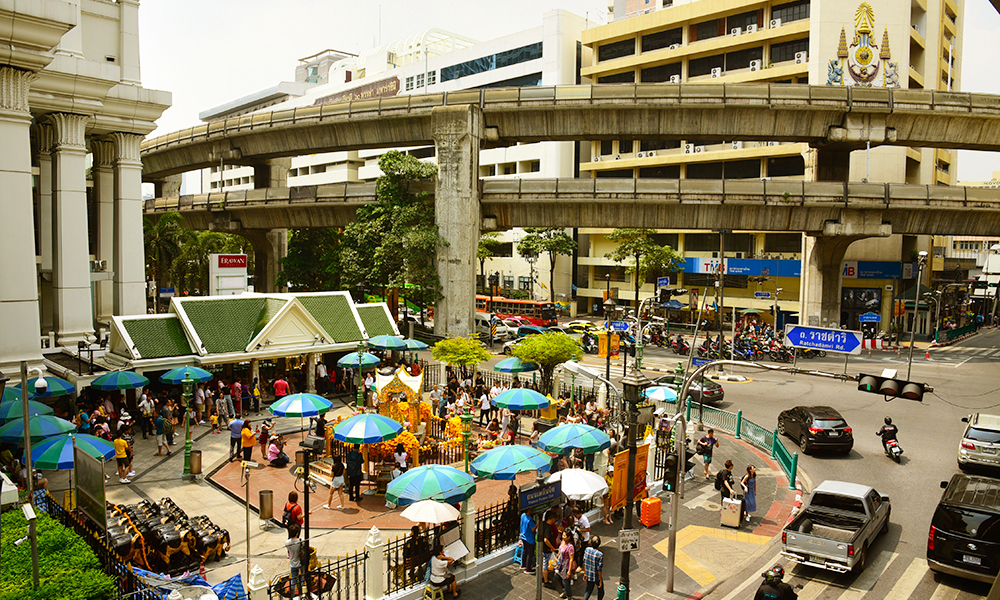
Transport network
It's very easy to get around by taking the BTS transport system (skytrain with a powerful and necessary air conditioning), which costs around 50 cents a single ride - it serves almost all of the aforementioned neighbourhoods. Other forms of transport I highly recommend are the ones offered all day along over the Chao Phraya River, such as the ferry (free of charge), the long tails or smaller boats. It is a delight to go from one pier to the other while enjoying the landscape of the beautiful buildings that surround the river along with the rustic and popular houses.
Where to sleep
If your budget is not tight, I would recommend to stay in a hotel - instead of apartments - just because the hospitality chain in Bangkok is something 'out of this world'! I loved the Okura Hotel (daily rates from $200) and the Shangri-la (from $112) - both are beautiful, but carry different unique styles, with spectacular food and leisure. The view from the Shangri-la rooms is breathtaking. In another story I share a little more about the peculiarities of these and other hotels as well.
Food
Sweet, sour and spicy: brilliantly mixed together in the same bite, although the spicy will almost be the predominant one most of the time. No matter how little pepper Westerners ask for, the dish will never come without any. Cooking in Thailand is a delight for the senses, especially for those with an open mind to taste new aromas and flavours - everything is very aromatic, I must say, and rich in spices, curry, vegetables and rice. This mixture brings a sensation of lightness, once we try them, such is the way in which the dishes are prepared. For a very simple meal (luxuries aside) - for example in Chinatown - we pay as from 30 baht (unbelievably one dollar). In a more elegant, air-conditioned restaurant it could cost from 200 to 500 baht or more.
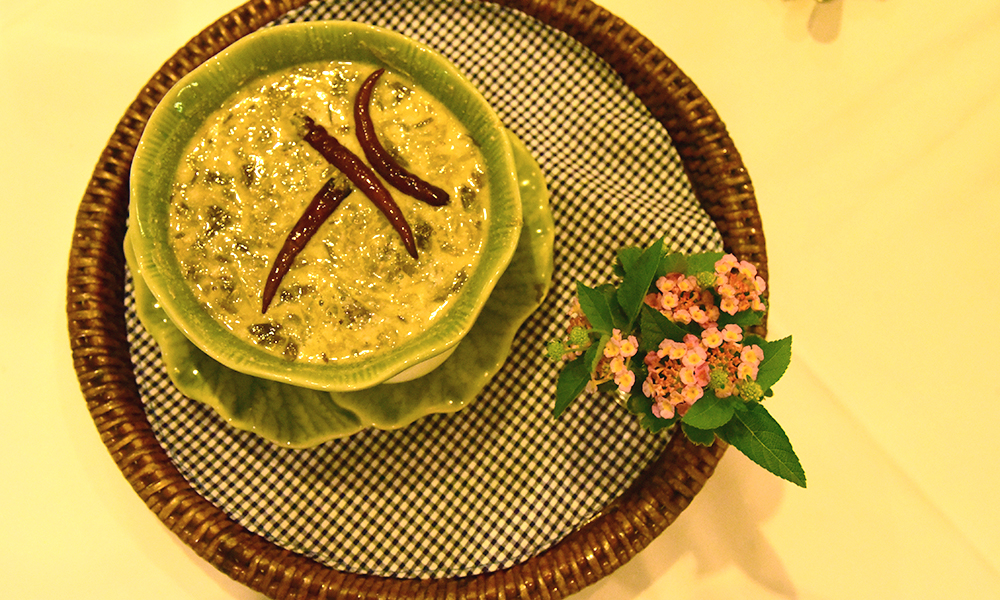
Experiences
Boats: the variety of boats bobbing around the Chao Phraya River not only take us from one point to another but also can be highly useful just like the sightseeing buses are in big capitals. Getting around and sightseeing the city through any kind of boat is an easy and cheap way to appreciate all life that revolves around the river.
Temples: whenever we think or speak about Thailand - just like Bangkok - it's inevitable to consider that the experience becomes worthwhile when we visit the Buddhist temples. I would recommend at least two days for that because many of them are very big and full of precious details to observe - not to mention that it's impossible to spend anything less than one hour. The main ones that I find unmissable: Wat Arun - Temple of Dawn; Grand Palace; Wat Po - Temple of the Reclining Buddha; Sri Maha Mariamman - most of them don't charge for entrance fee or, if they do, it is of symbolic value. Except the Grand Palace that costs around 16 dollars. Tip: some temples are restricted when it comes to attire, especially the Grand Palace. Before your visit, I encourage you to check the website to understand what is mandatory.
Wellness: for the ones seeking outdoor walks, make sure to set aside about four hours to get to know the Green Lung: it's probably where the cleanest air in Bangkok is. It is a bit far away from the city, whose access is made by boat (take the pier Wat Klong Toey Nok). As the name "green lung" suggests, it is a perfect spot to oxygenate your mind and body. Once you arrive there, try to rent a bycicle which is a great way to explore the area.
For enthusiasts into nurturing their wellbeing, the massage offers are practically at every corner in Bangkok. Massages in Thailand are extremely attractive not only because of their quality but also for their low prices. Thai Massage is usually super vigorous which will certainly please the ones who rather prefer a heavier touch. The Hotels' Spas, especially the more sophisticated brands, offer impeccable services.
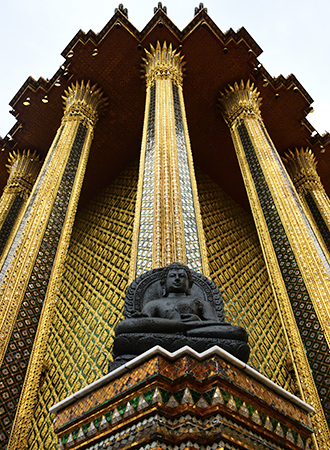
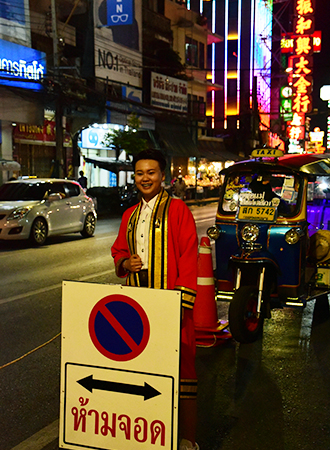
In-door: another aspect within the Thai dweller's behaviour is the ever-increasing demand - encouraged by investments and the government - to have fun inside enclosed spaces. Even if the trip does not aim to explore shopping centres, it is worth visiting the Iconsiam complex, opened in 2018, on the banks of the Chao Phraya River. This mall impressed me a lot. There are more than 500 shops and 100 restaurants. Besides a floating market, performances and art galleries, there is a magnificent view not only of the riverbanks but also of its architecture. You can get there in two ways: via the BTS elevated transport system to Krung Thon Buri station where you take a shuttle bus; or go to Saphan Taksin station where you take a ferry free of charge. No less important than Iconsiam are the EmQuartier, the Siam Paragon and the Central World - other giants that also impose themselves with beautiful architecture and a variety of traders. All of them have easy access also through the BTS.
Outside the city: if your stay in Bangkok allows you to reserve one day to explore the surroundings, I recommend renting a car and visiting one of Thailand's Unesco-listed and former capitals, Ayutthaya (about a one hour drive). It is one of the most wonderful and unforgettable places I've ever been to in my entire life. If you take this little trip by the side of a local guide, it will be so much more fullfiling. There are many historic and intrinsic details to understand: you would be missing a large part of it without the knowledge of a well-informed tourist guide.
How long
I recommend at least five to seven days to visit Bangkok, ideally 10 days or even more. Just like any other capital such as New York, Paris and London, there will always be a lot to discover and to revisit. I find it impossible to enjoy the best that Bangkok has to offer in less than five days. If the intention of the trip is to explore Thailand's islands instead of having Bangkok as the main destination, it's also worth it. But bear in mind that the intensity of feelings and emotions when visiting Bangkok does not match with short stays.




